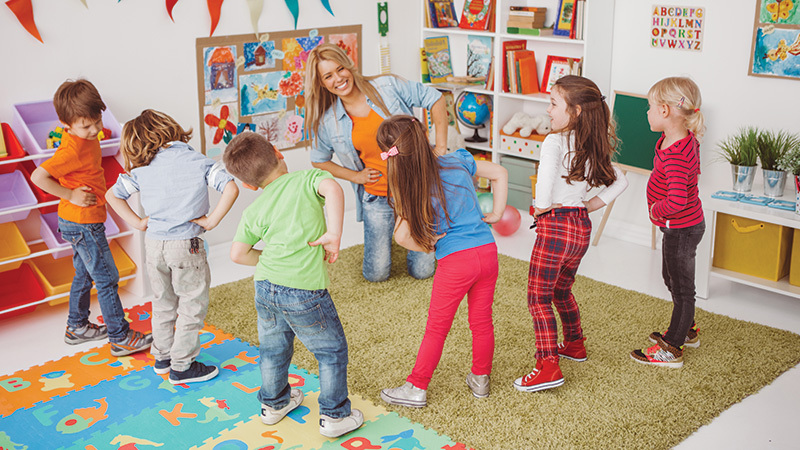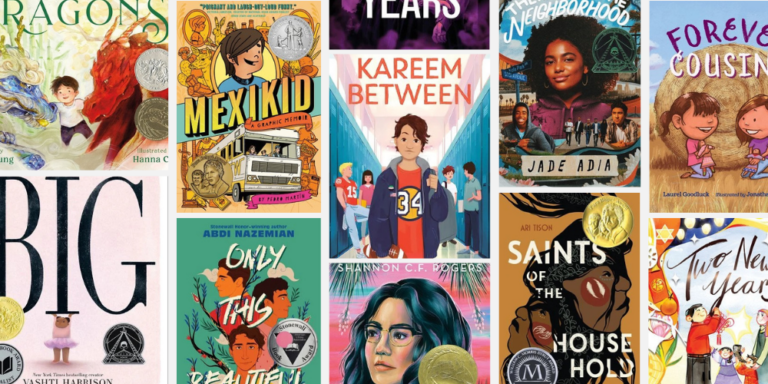May is Physical Fitness and Sports month and it is a great time to highlight the many ways that educators, and other child advocates, can work to help students thrive. Obesity is a known epidemic in the United States and childhood obesity rates have tripled since the 1970s.
While some may argue that there has been a more conscious effort to combat the issue of childhood obesity, according to the Centers for Disease Control and Prevention, nearly 1 in 5 school children are classified as obese. Many factors have been attributed to this increase, including sedentary lifestyles, widespread availability of inexpensive (and unhealthy) fast food, and fewer physical education and recess periods in school. While these factors compound the rates of childhood obesity, there are many things that can be done at school to help increase a student’s physical activity. Small changes add up to big results over time and will allow students to live healthier lives.
Movement Breaks
There are plenty of ways to get students moving in the classroom with the addition of movement breaks. Search online for “wiggle break” or “classroom movement break” and you’ll find videos that can help you guide students through two to five minutes of movement. Many resources are free and some will even direct or guide students for you! However, if you want to design your own break, a good place to start is asking your class to get up and stretch or do some deep breathing at a designated point during a lesson. You can incorporate music if you want to set a tone for the break such as jazz to walk around the room or rock ‘n’ roll to let you students dance. Just because you integrate movement breaks into a lesson doesn’t mean learning has to stop. Some teachers assign a group discussion while stretching, or rely on musical chairs or similar activity as a way to find a partner for a think-pair-share. You can even set a timer or alarm to ensure that you don’t miss a movement break that you have planned.
Classroom Yoga
Teacher-led yoga is a relatively new trend in many schools and classrooms. Teachers and students alike find yoga to be a fun and useful way to increase movement while also helping students feel more relaxed or calm in the classroom. Namaste Kid has a great list of kids’ yoga poses that can easily be done in most classrooms with no additional equipment needed. As students learn a set of moves you can start to incorporate them into your lessons. For example, after working with a small group ask them to go do a child’s pose, airplane pose, and two balloon breaths before returning to their seats, or if a student answers a question correctly, tell them to do a pose or two of their choice and have another student identify poses.
Physical Games within the Classroom Setting
There are a variety of other ways to incorporate movement into your classroom through games. You can choose to play physical education games with your class during recess or other times when you have access to enough time and space. Instructions for popular games to get your class moving like Sharks and Minnows or Cats’ Corner are available here.
Of course there are other ways to incorporate physical activity into your classroom for times when you don’t have access to a gym, field, or playground. One good option for unit review or test-prep time is a game called “Buzzer Beater.” The game involves two or more buzzers, bells, or any type of noisemaker you choose and your class divided into teams.
- Place buzzers at the front of the classroom and have students sit as far away as possible (and try to clear a path to the front to avoid injury!)
- Each team has one player “get ready” to answer a question.
- You “get set” and ask the class a question.
- They “go” as they run/walk and try to be first to hit the buzzer and answer the question.
- You can repeat this process as many times as needed to ensure that each student has a turn. Station teaching or gallery walks are another way for students to move around the room in a way that allows them to keep learning while they are increasing their physical activity.
About the Author
Karen Mercado is a teacher, mentor, writer, and editor with experience in the classroom, designing curriculum, and supporting colleagues and new teachers. She earned her MPS in adolescent and secondary special education and social studies from Manhattanville College and a BS in childhood education from SUNY College at Oneonta. In addition to her time in the classroom, Mercado has had her work on historical artifacts and archaeology published by NY Teacher newspaper as well as the New York City Department of Education.







